Premium Only Content
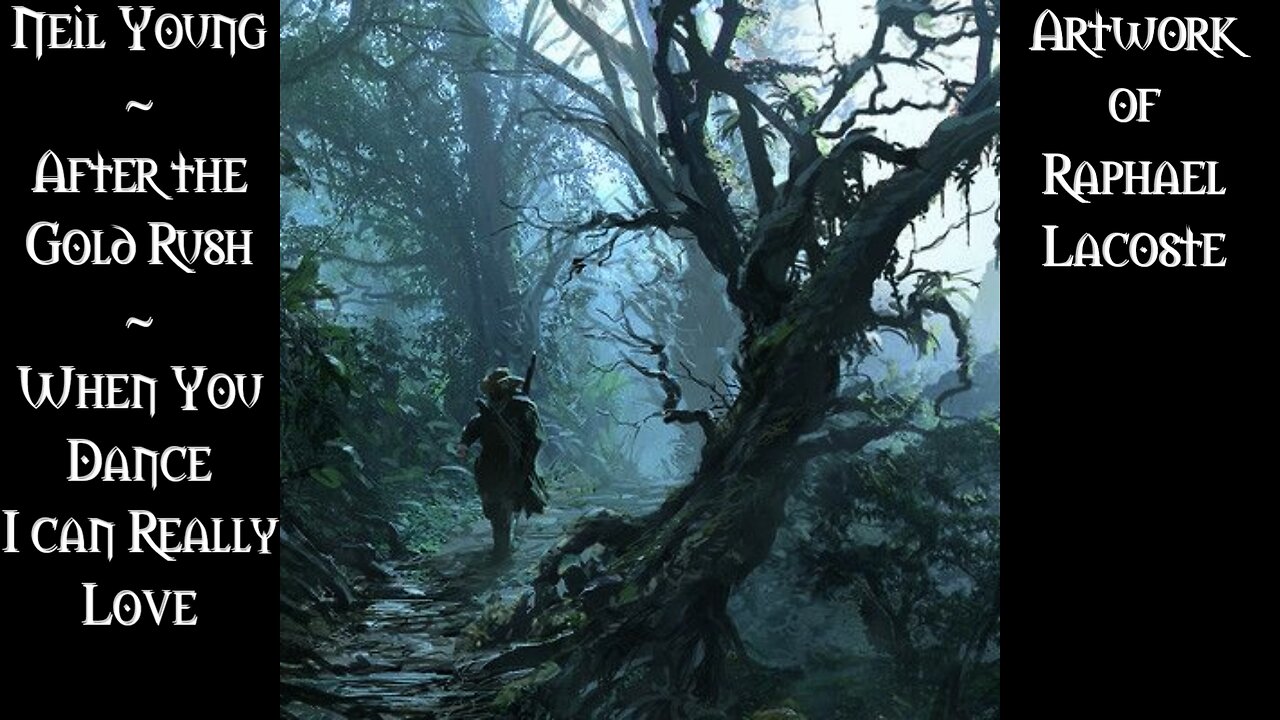
Neil Young with Raphael Lacoste
Raphael Lacoste lives in Canada, Montreal, with his family since 2002. He was born in 1974 in Paris, but lived mostly around Bordeaux, south west of France until he left for Canada.
He studied in 1993 at Fine Arts school, Art and Media option, Photography and Video, at the same time, he was photographer and composer for a theatre company "les Pygmalions". He was already attracted by the scenery, mood and lighting. The Company Gave him the opportunity in 1997 to work on "the little Prince" of St Exupéry, he did there his first 3D pictures that were projected on giant screens with Pani 6KW projectors, Raphael was also the screening coordinator.
Later in 1998, he went to CNBDI school (Angouleme, France) and got a European Master of Art in 3D animation, his movie "Nîumb" was screened at Siggraph 2000, Imagina 2000, Anima mundi 2001... He had teachers like René Laloux, Director of "Time masters", "Gandahar", "Fantastic Planet"... Raphael was very impressed by the work of his teacher and learned a bit of his knowledge...
Raphael Lacoste has been now Art director on Videogames and Cinematics (CG) for more than 7 years, he worked at Ubisoft on such licenses as Prince of Persia and Assassin's Creed (VES, AIAS, GDC awarded).
He won a VES Award in February 2006 for his work as Art Director on Prince of Persia the Two Thrones Cinematics.
His Focus now is to work as Senior Concept Artist, Matte painter and production designer for Film. He is skilled particularly in environments, moods, picture composition and lighting (see portfolio).
He joins the RodeoFX team in Montreal in October 2007.
Raphael Lacoste was the Art Director at Ubisoft on such titles as Prince of Persia and Assassin's Creed. Winning two VES Awards, in February 2006 for his work on the "Two Thrones" cut scene from Prince of Persia and in 2017 for his work on "Assassin's Creed Origins".
Wanting to challenge himself in the film industry, Raphael stepped away from the game industry to work as a Matte Painter and Senior Concept Artist on such feature films as: Terminator Salvation, Journey to the Center of the Earth, Death Race, Immortals 2011, Repo Men, Jupiter Ascending...
As of 2009, Raphael has returned to the video game industry, working as a Senior Art Director for Electronic Arts Montreal and Ubisoft, as Brand Art Director on the Assassin’s Creed Franchise...
After working on many of the most successful assassin's Creed Titles, Raphael joined some of the original creators of the Franchise at Haven Studios inc as Artistic Director.
After the Gold Rush is the third studio album by the Canadian-American musician Neil Young, released in September 1970 on Reprise Records, catalogue number RS 6383. It is one of four high-profile solo albums released by the members of folk rock group Crosby, Stills, Nash & Young in the wake of their chart-topping 1970 album Déjà Vu. Young's album consists mainly of country folk music along with several rock tracks, including "Southern Man". The material was inspired by the unproduced Dean Stockwell-Herb Bermann screenplay After the Gold Rush.
Except for the track "Birds", recorded on June 30, 1970, at Sound City Studios, the remainder of the album was recorded at various sessions in a makeshift basement studio ("Redwood Studios") in Young's Topanga Canyon home during March and April 1970 with CSNY bassist Greg Reeves, Crazy Horse drummer Ralph Molina and burgeoning eighteen-year-old musical prodigy Nils Lofgren of the Washington, D.C.-based band Grin on piano. The incorporation of Lofgren was a characteristically idiosyncratic decision by Young, as Lofgren had not played keyboards on a regular basis prior to the sessions. Along with Jack Nitzsche, Lofgren would join an augmented Crazy Horse sans Young before enjoying success with his own group as well as solo cult success and membership in Bruce Springsteen's E Street Band. Biographer Jimmy McDonough has asserted that Young was intentionally trying to combine Crazy Horse and CSNY on this release, with members of the former band appearing alongside Stephen Stills (who contributed backing vocals to "Only Love Can Break Your Heart") and Reeves. The cover art is a solarized image of Young passing an old woman at the New York University School of Law campus in the Greenwich Village district of New York City. The picture was taken by photographer Joel Bernstein and was reportedly out of focus. It was because of this he decided to mask the blurred face by solarizing the image. The photo is cropped; the original image included Young's friend and CSNY bandmate Graham Nash.
Songs on the album were inspired by the Dean Stockwell-Herb Bermann screenplay for the unmade film After the Gold Rush. Young had read the screenplay and asked Stockwell if he could produce the soundtrack. Tracks that Young recalls as being written specifically for the film are "After the Gold Rush" and "Cripple Creek Ferry". The script has since been lost, though it has been described as "sort of an end-of-the-world movie." Stockwell said of it, "I was gonna write a movie that was personal, a Jungian self-discovery of the gnosis ... it involved the Kabala, it involved a lot of arcane stuff." Graham Nash has claimed that "Only Love Can Break Your Heart" was written for him in the aftermath of his breakup with Joni Mitchell.
According to the Neil Young Archives, After the Gold Rush was released on September 19, 1970. One month later, on October 24, the lead single "Only Love Can Break Your Heart" entered the Billboard Hot 100 chart.
-
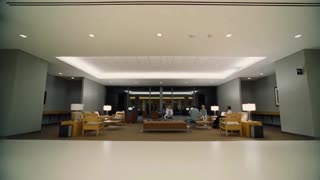 11:51
11:51
Psychological operations
18 days agoBrick One Angry Dwarf And 200 Solemn Faces Army Ben Folds Five
33 -
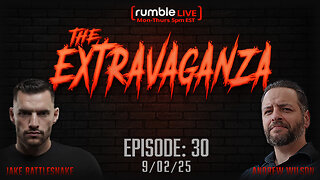 1:08:47
1:08:47
TheCrucible
2 hours agoThe Extravaganza! EP: 30
62.5K6 -
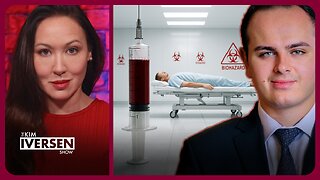 1:16:58
1:16:58
Kim Iversen
8 hours agoCOVID VACCINE HORROR: Fertility Destroyed & DNA Altered? | Nicolas Hulscher, MPH
34.4K76 -
 LIVE
LIVE
Wayne Allyn Root | WAR Zone
6 hours agoWAR Zone LIVE | 2 SEPTEMBER 2025
98 watching -
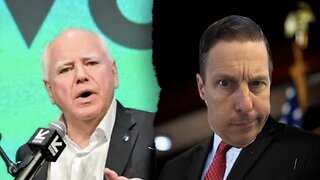 1:01:05
1:01:05
Jeff Ahern
4 days ago $1.61 earnedFriday Freak out with Jeff Ahern
17.7K8 -
 1:51:40
1:51:40
Redacted News
3 hours agoHIGH ALERT! TRUMP IS COMING FOR CHICAGO, U.S. TROOPS PREPARING INVASION TO STOP MURDERS | REDACTED
117K182 -
 2:10:45
2:10:45
Red Pill News
5 hours agoJustice Is Long Dead in The DC Circuit on Red Pill News Live
23.2K13 -
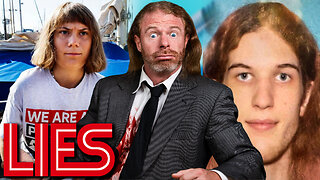 1:17:50
1:17:50
Awaken With JP
5 hours agoTrans Shooter is the Victim, Vaccines in Trouble, and Greta is Ugly - LIES Ep 106
68.4K25 -
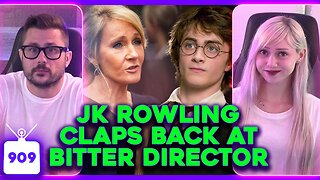 2:04:31
2:04:31
Pop Culture Crisis
5 hours agoJK Rowling Calls Out HARRY POTTER Director, Sydney Sweeney Dating Scooter Braun? | Ep. 909
35.6K2 -
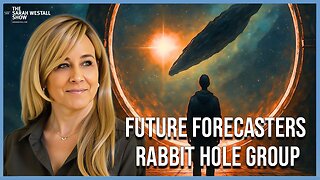 1:02:42
1:02:42
Sarah Westall
4 hours agoRemote Viewers: Philadelphia Experiment, Alien Abduction and Future Events w/ the Rabbit Hole Group
20K3